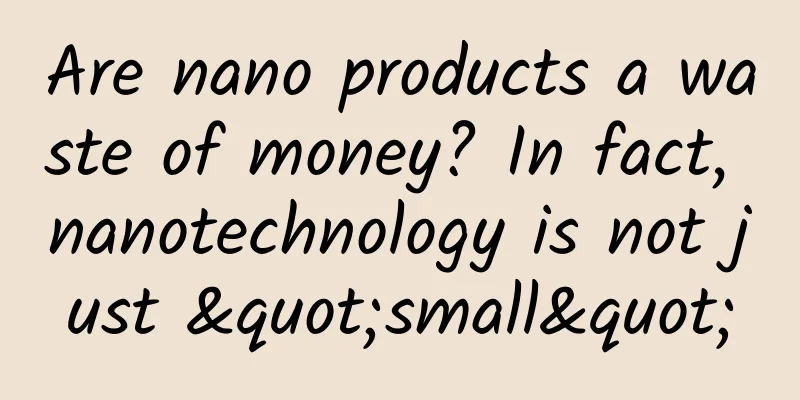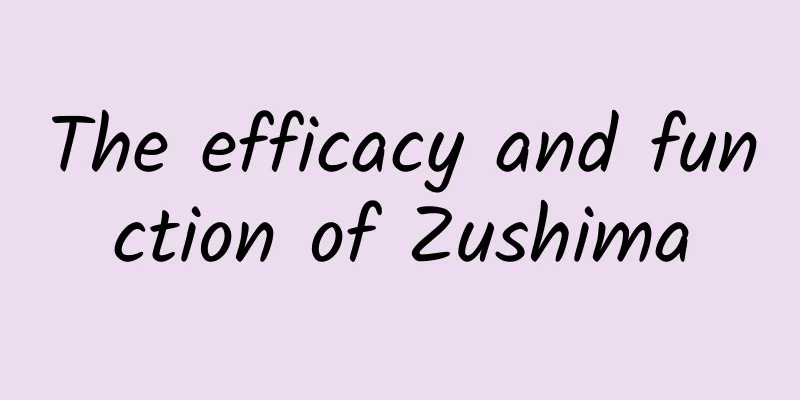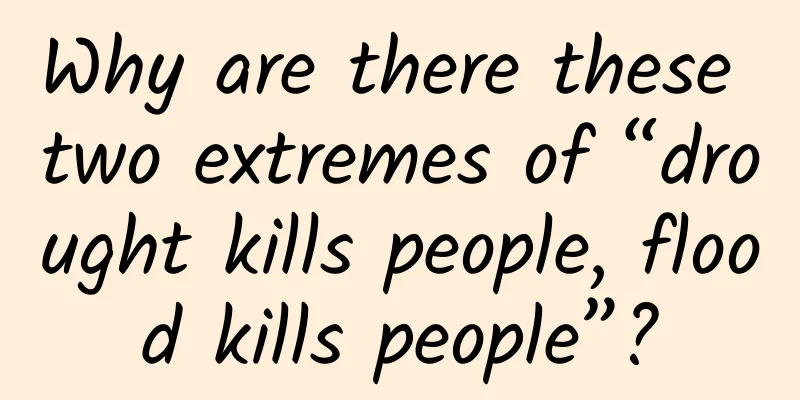Are nano products a waste of money? In fact, nanotechnology is not just "small"

|
The word “nano” sounds so technological, so putting these two words in front of a product can instantly give people a high-end feeling. Who doesn’t have one or two products named “nano” at home? The emergence of numerous nano products has made us begin to suspect that nano products themselves are a kind of IQ tax. It is undeniable that some nano products are indeed IQ taxes, such as the nano socks sold on the roadside of my home, which cost 10 yuan for 6 pairs. After wearing them for most of the day, my feet once again exuded the unique smell of adolescence 20 years ago. However, this "rejuvenation" function has nothing to do with nano technology. So, what are nano products and what is nano technology? Nano is actually a unit of length, a very, very small unit of length, much smaller than the smallest scale millimeter on a ruler. 1 nanometer is 10 to the -9th power of meters, or one billionth of a meter. This number sounds impressive, but you may not have any idea. Let's use an analogy. The earth is very big, and an egg is very small. If we put a nanoparticle on an egg, it is just like putting an egg on the earth. It is so small. Nano is very small, so small that it is shocking. However, no matter how small it is, it is just a unit of length. How can it be related to high technology? The world we live in is made up of a variety of substances. Different substances have different properties, which determines that each substance has its specific function. For example, some substances have high melting points, some have low melting points, some have good thermal conductivity, some have poor thermal conductivity, some are hard, and some are soft. These and other properties are essential properties of matter and have nothing to do with the size or shape of the matter. However, this statement only applies to the macroscopic world visible to the naked eye. In the microscopic world invisible to the naked eye, this statement does not hold water. When the scale of a substance reaches the nanoscale, the macroscopic properties of the substance may change. For example, copper has good electrical conductivity, so it is often used to make wires, but at the nanoscale, copper will no longer be conductive. There is also gold. As the saying goes, "real gold is not afraid of fire." Gold is a metal with a relatively high melting point, at 1064°C, but if it is a tiny gold particle as small as 1-2 nanometers, its melting point will become very low and it will melt at room temperature. Another example is silicon dioxide, which is insulating under macroscopic conditions, but will begin to conduct electricity once it breaks through a certain nanometer limit. There are also many non-magnetic metal oxides that will produce paramagnetism once they are smaller than 20 nanometers. There are many examples like this. Matter exhibits strange and abnormal physical, chemical, and even biological properties at the nanoscale. This phenomenon is called the "nanosize effect." Therefore, nanotechnology is not just "small", it studies a world that is completely different from what we know, and these new material properties will bring us endless possibilities. Remember the "nano weapons" and "nano armor" in science fiction movies? They can appear out of thin air and quickly cover the whole body. It seems unlikely, but there is a certain scientific basis, because some substances can indeed change over time at the nanoscale. Therefore, nanotechnology is definitely not a scam, and nano-products are not all mere gimmicks. It’s just that real nano-products don’t necessarily have the word “nano” in front of their names. For example, we now have more than 100 nano products in our hands. Yes, it is the mobile phone in your hand. You may never have thought that there are more than 100 parts in the smart phone that are derived from nanotechnology. If nanotechnology is a lie, then we may not use smart phones. Of course, there is still a lot of room for the development of nanotechnology in the future. For example, nanomedicine, nanorobots, etc. will bring different changes to our lives. For more information, please follow the official account: sunmonarch |
<<: Witness history! Here are all the configuration changes of China's space station so far →
>>: Buffaloes also produce milk, and it’s even more expensive! Why?
Recommend
The efficacy and function of white silkworm
Although Western medicine and Western drugs are m...
Big data tells you what the elderly are busy with when they go online?
This era does not only belong to young people. In...
A female internet celebrity weighing 312 pounds died in a weight loss camp! For severely obese people, this weight loss method is more reliable than excessive exercise
Recently, the news that the 312-pound internet ce...
Two cars collided and caught fire in a high-speed tunnel. The surveillance showed the details of the accident... Please drive carefully!
At 17:05 on August 3, two vehicles collided and c...
Lost "Life": Reflections on the significance of scientific and technological progress
With the advancement of science and technology, e...
Medicinal value of saxifrage
Saxifrage is a kind of herb and also a common Chi...
The efficacy and function of poppy seedlings
There are so many medicinal herbs in the world, a...
Artemisia argyi and honeysuckle make eczema more serious
Everyone should be familiar with mugwort. It is p...
Klaviyo: 11 Ways to Boost E-Commerce Revenue
Consolidating the technology stack Deliver releva...
10 dental problems that everyone must know! Huaxi Stomatological Experts will help you solve them all at once
The weather in Chengdu has been changing recently...
How to take motherwort for menstrual pain
Abdominal pain after menstruation is always said ...
What should you do when you try hard to fall asleep but can't?
The lives of modern people are becoming increasin...
Is Chinese kelp being used by Japanese companies to pass off as Japanese products?
A few days ago, I saw a news report that a Japane...









